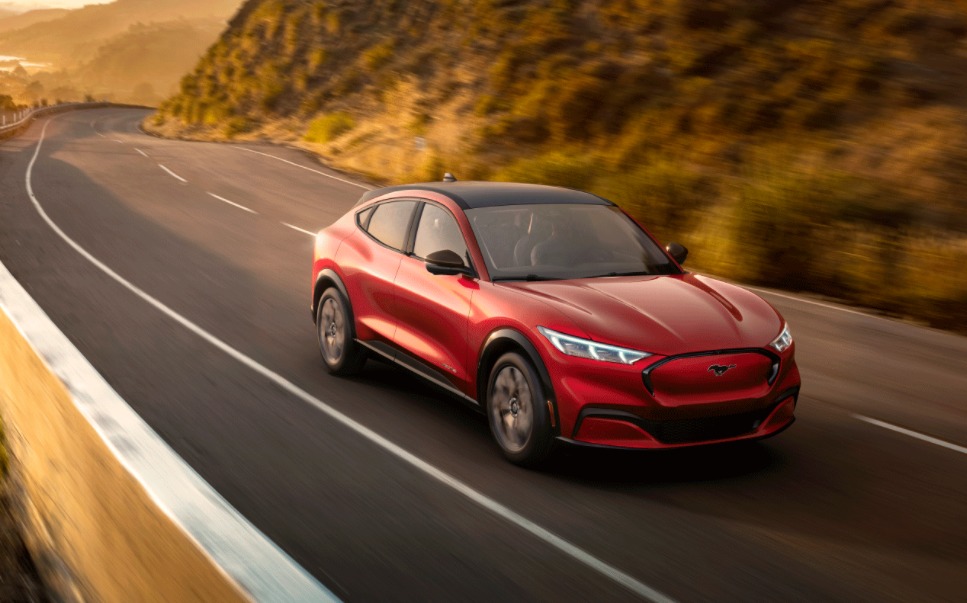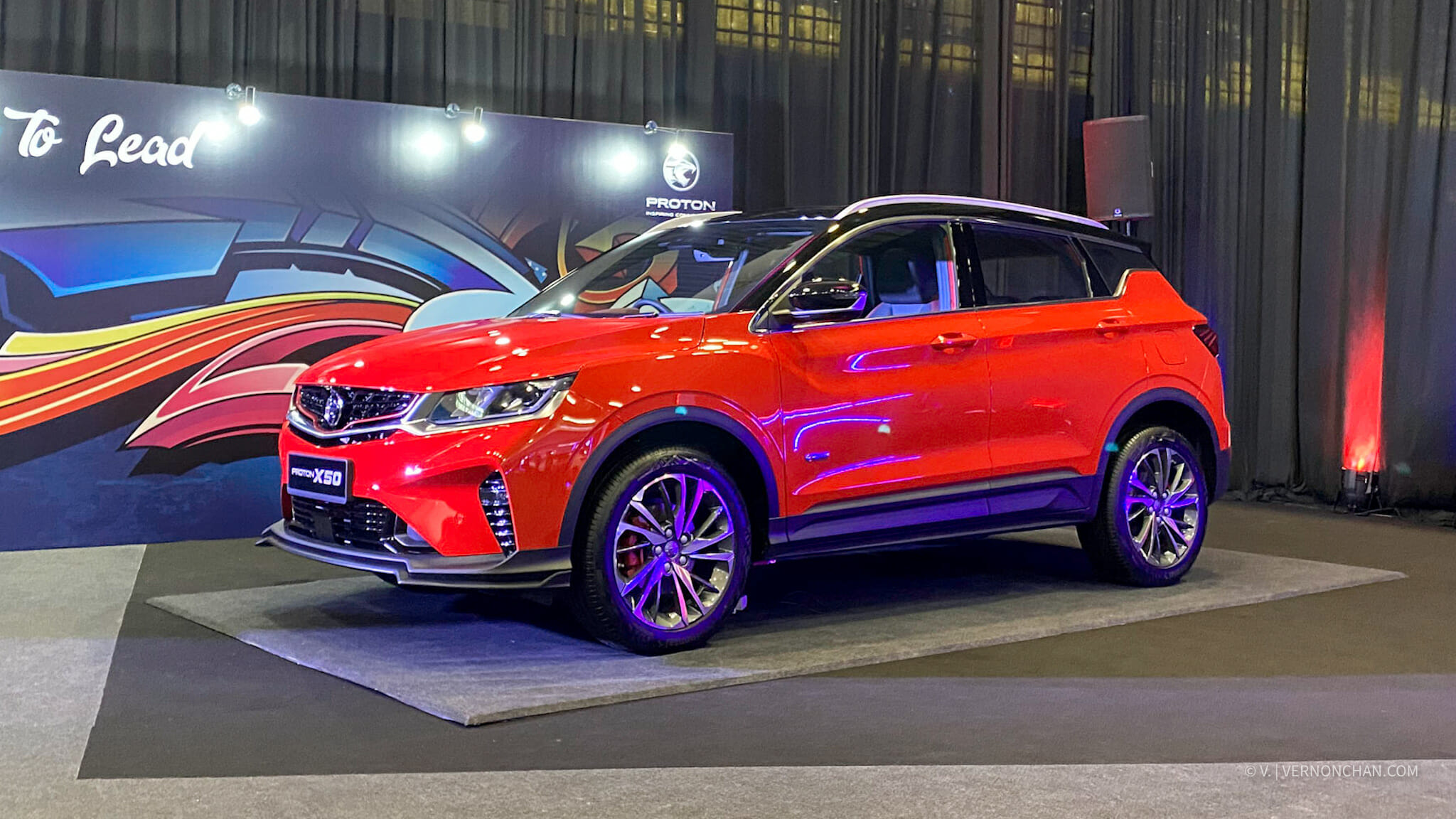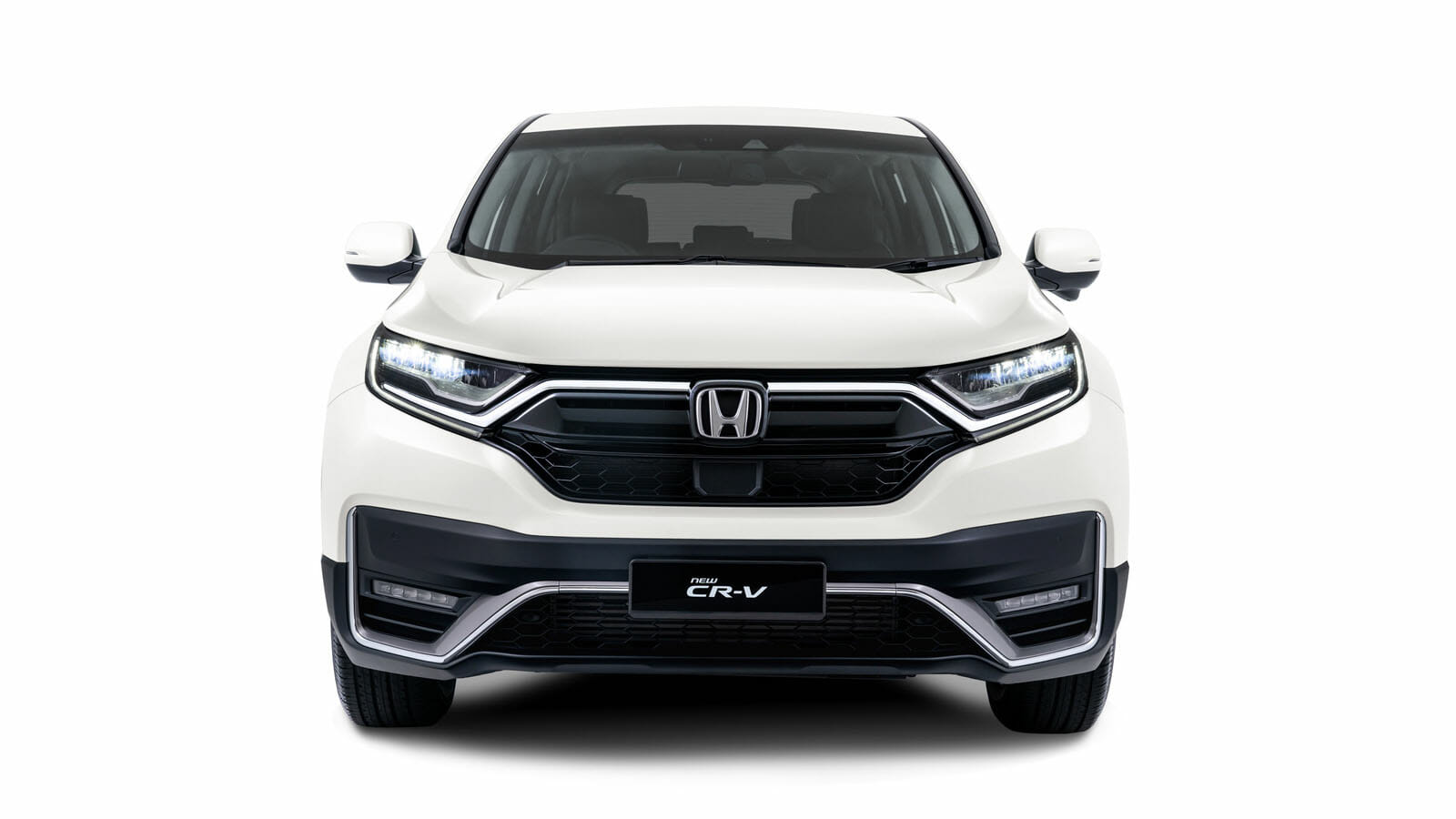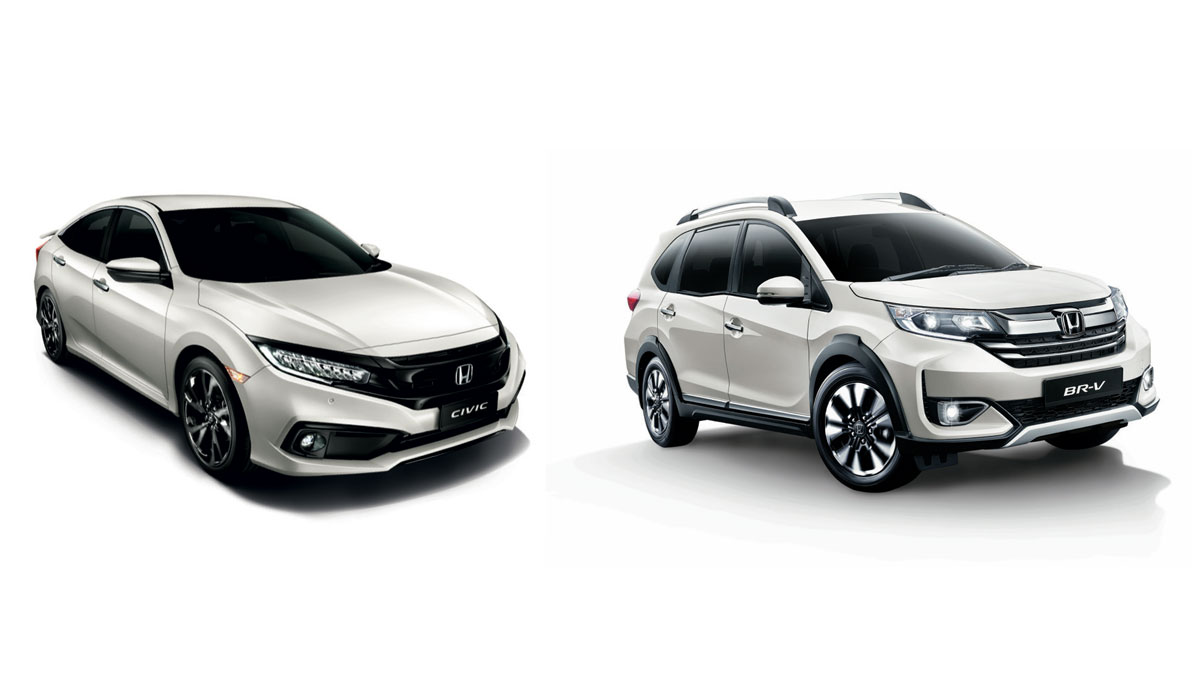When asked about high-performance electric cars, one can think of a few options or narrow it down to just one–the Tesla Model S. It’s been around since 2012 and holds the title of best electric four door sedan. However, the guys at Stuttgart may have a worthy contender to battle against Silicon Valley’s breadwinner.
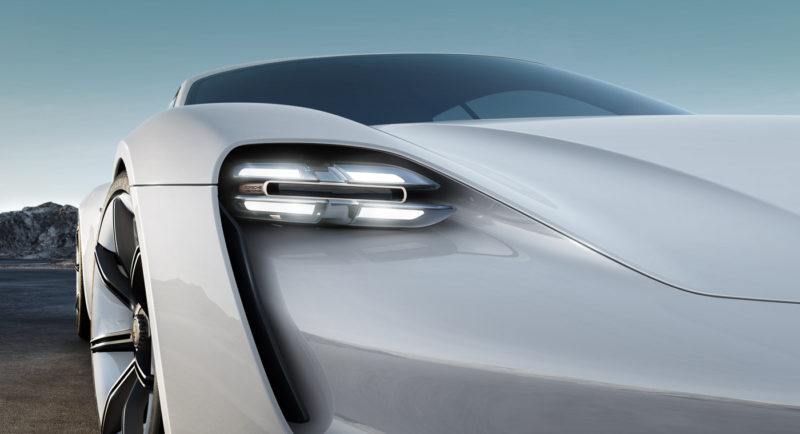
Porsche’s answer to Tesla is called the Mission E. Slated to be launched in 2019, the Mission E will be priced starting from USD85,000 (MYR359,592.50), sitting between the Tesla Model S 75 and Model S P100D, which are priced at USD69,500 (MYR294,019.74) and USD94,000 (MYR397,667.00) respectively.
So, what makes the Mission E a better alternative as opposed to the Tesla?
Off the starting grid, it doesn’t look good for the Mission E. It trails the Model S P100D by a second in 0-100km/h sprint. The Tesla does it in just 2.5 seconds. Still ludicrously quick, regardless.
But then things quickly take a turn. Firstly, the Mission E is powered by an advance lithium-ion battery. Porsche designed the battery pack to extend to all four corners of the car, giving it a 50/50 weight distribution.
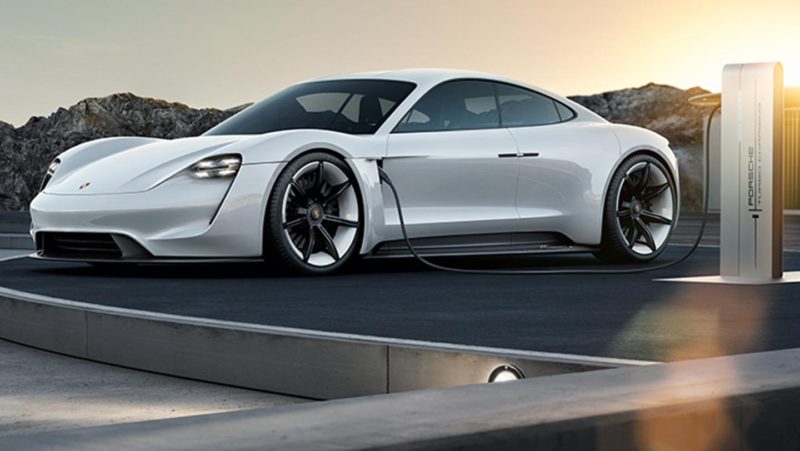
Rapid-charge
Charging methods are unique to the Mission E. You can charge the car using a regular cable at a charging station or at home as well with the charging port located within the front fender. The other way to charge the batteries is via inductive charging technology. In order to commence charging, just park the car over a charging base plate in a garage and voila! The car begins to charge automatically.
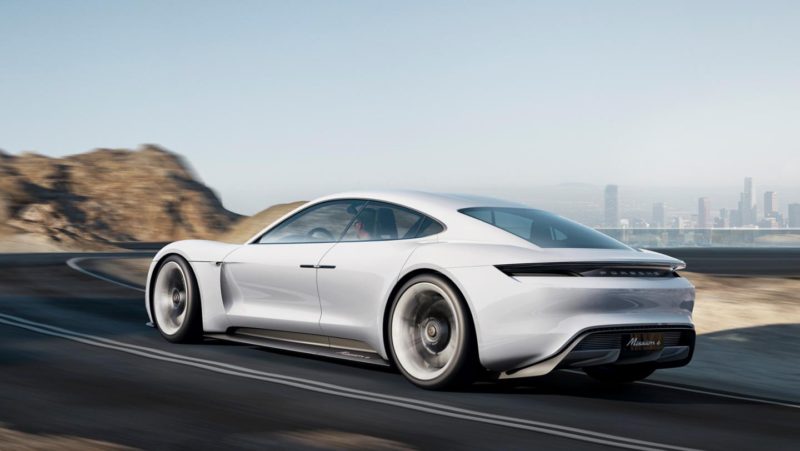
After 15 minutes of charging, you would be able to get 80% of power. That would be enough to give a range of 250miles (402km). Once charged completely, the Mission E can do at most 310miles (500km). In contrast, the Tesla Model S with the 90kWh battery has only 294miles (473km) of range per charge.
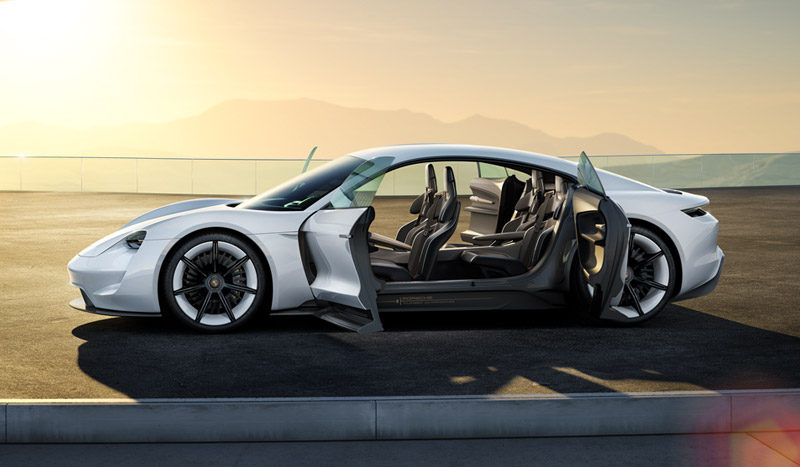
The Mission E is a four seater with four doors that open in the same way as a Rolls Royce, but with no B-pillar. Also, side mirrors are a thing of the past. Porsche added side view cameras which is displayed on the lower corner of the windshield helping aid driver focus.
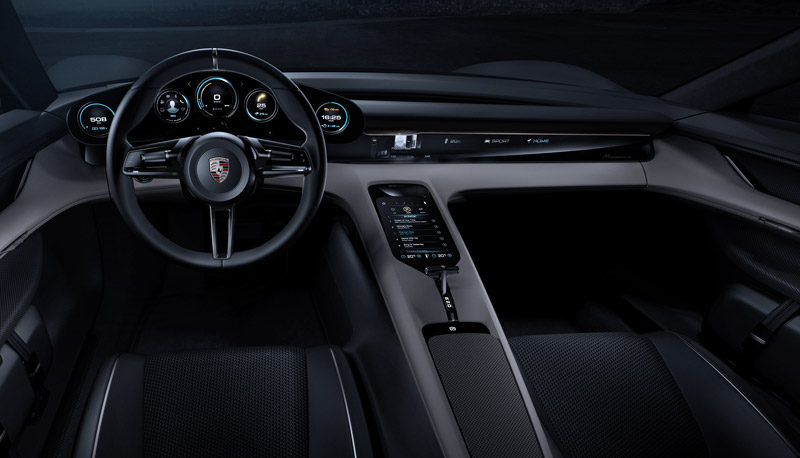
All-electric, all-tech, all-Porsche
With the rise of technological innovation, Porsche has joined the bandwagon and added built-in eye-tracking technology. How does it work? A camera embedded just over the steering boss will detect where the driver is looking and which menu the driver wants to access. Once located, the driver can select by pressing a button on the steering wheel.
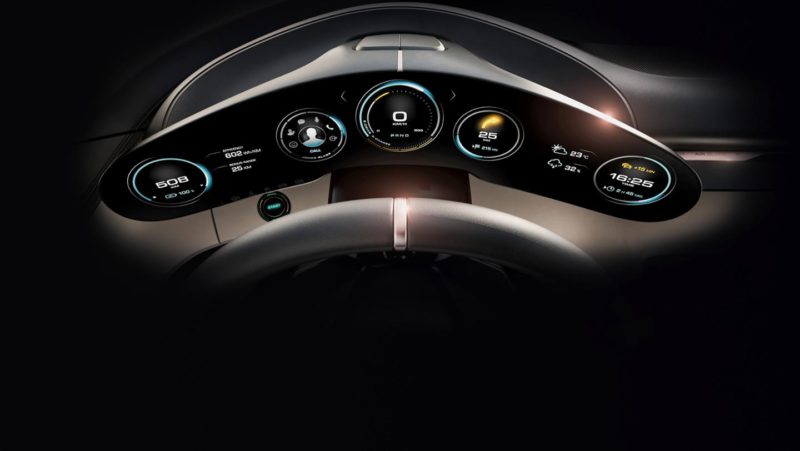
A cluttered instrument panel on the dashboard is a thing of the past. For the Mission E, the instrument cluster will be fully digital. Not just that, the display will shift positions according to the drivers seating position, aiding visibility for the driver. The Mission E will be capable of over-the-air updates enabling software updates wirelessly, similar to the Tesla cars.
Technology and performance aside, the Mission E simply looks good.
What do you think of the Mission E? Is this enough to pull you from the Tesla camp? We’ll have to wait until the Mission E becomes a reality to find out.
Source: Porsche




